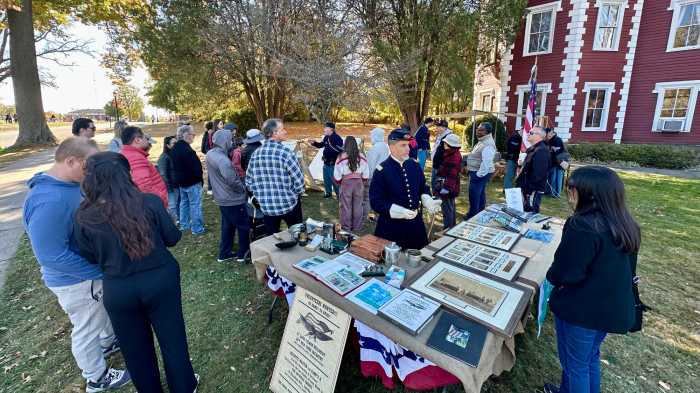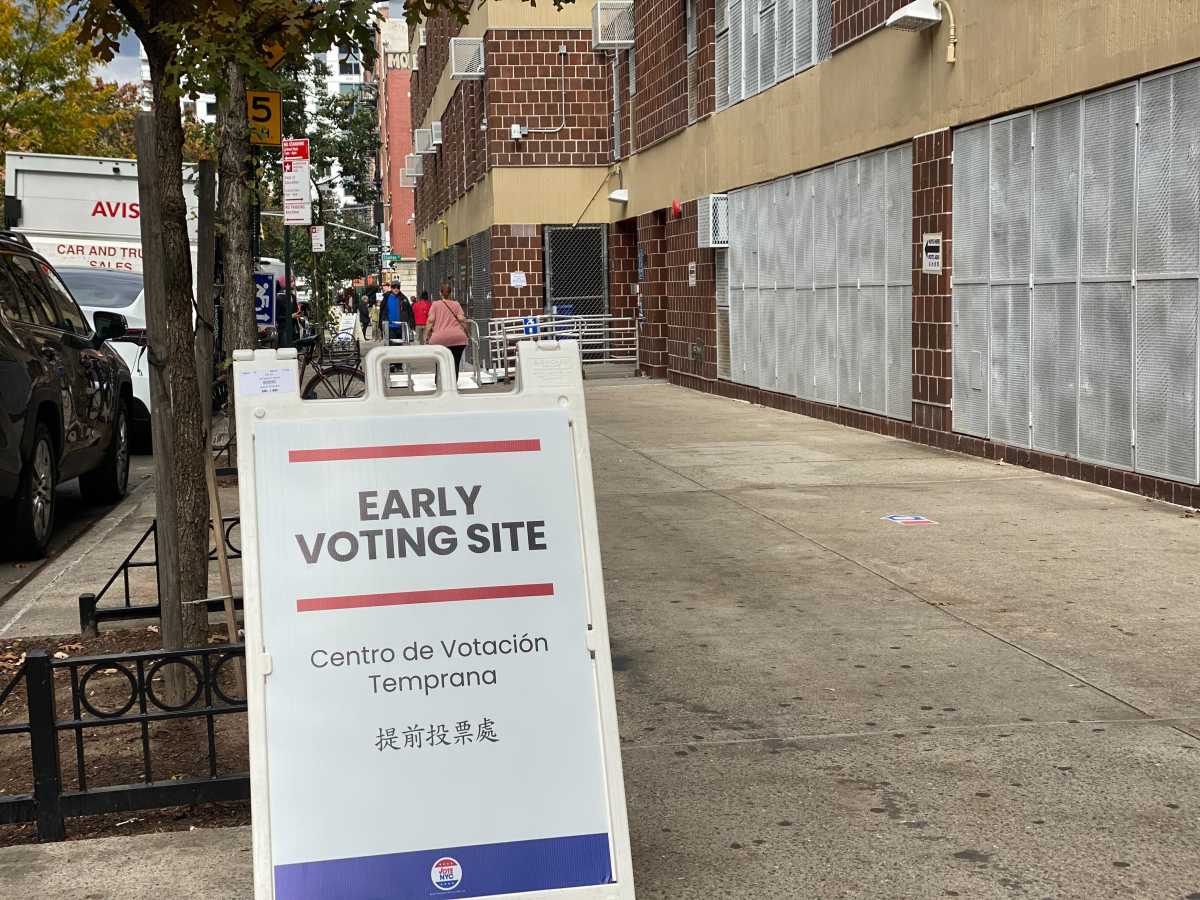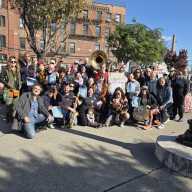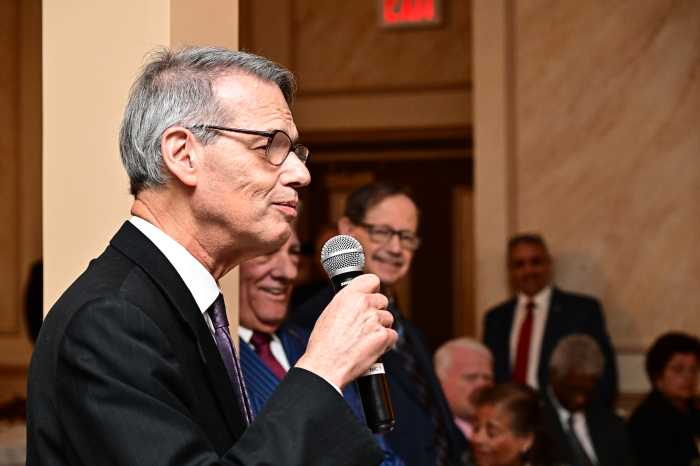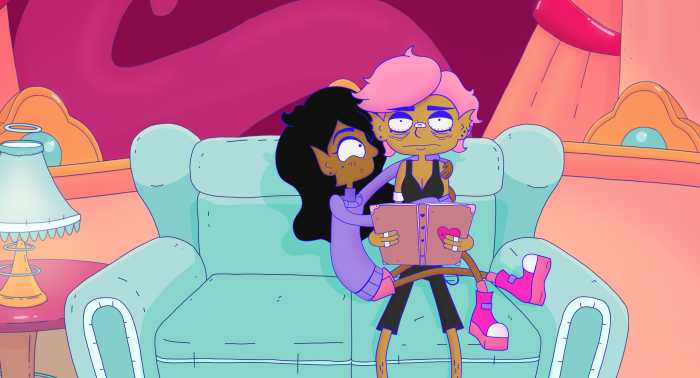In the last 50 years, new technologies have changed the way people around the world communicate. Now imagine what the new technologies might be like in the next 50.
Time Warner Cable (TWC) announced on Thursday, November 19 a commitment of $100 million in cash and in-kind resources to launch a new nationwide initiative, Connect a Million Minds, aimed at inspiring young people to build their skills in science, technology, engineering and math (STEM) skills
“Eighty percent of the jobs in the next decade will require STEM skills,” Harriet Novet, regional vice president of public affairs of TWC New York City region, told the audience members gathered at the New York Hall of Science (NYSci), a regional partner organization.
“The next generations of kids require STEM skills,” she said.
This announcement comes as the Obama administration makes efforts to shift the focus of public school education, to fill the nation’s need for more homegrown engineers, scientists and innovators.
At a kick-off event for the “Educate to Innovate” campaign on Monday, November 23, 2009, President Obama announced a public-private partnership between TWC, Intel, Xerox, Kodak with Sally Ride and the Bill and Melinda Gates Foundation, as well as the Carnegie Corporation, “to find and replicate successful science, math and technology programs all across America,” said Obama.
But at the local level, through video on demand channel 1111 and via the Internet site www.connectamillionminds.com, TWC will offer STEM educational programming and information about learning opportunities in their customer’s community.
“One of the things that’s happening at the national level is creating a common love of standard, shared institutional incentives for learning science, social sciences and humanities,” said Dr. Margaret Honey, president and chief executive officer at NYSci. “We don’t have to teach everything but instead we should dive deeper into areas where children are deficient . . . half of it is feeling inspired and that’s what Connect a Million Minds is all about.”
To demonstrate how to build up excitement in kids for the sciences, the NYSci collaborated with the Beacon programs at P.S. 19 and P.S. 149 in Corona to teach kids how catapults worked. The kids then had catapult launch races.
Eleven-year-old video gamer Francisco Collier, who attends I.S. 61, thinks “science is fun” and said that he liked catapults because “it’s good for attacking, destroying and defeating your enemy.” The runner-up wants to be a Navy pilot.
The first place winner, P.S. 149 student Katherine Mercado, 10, had a strategy.
“I learned that if you go like this and put it like that it goes further,” said Mercado, moving her small round colorful projectile onto the base of the catapult before she released. She won an iTouch electronic devise.
So what does the young winner want to be when she grows up?
“I want to be a singer and a lawyer because I don’t know a lot about science,” she said. “But in the second grade I got a science award.”







